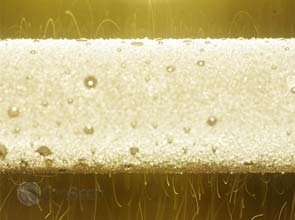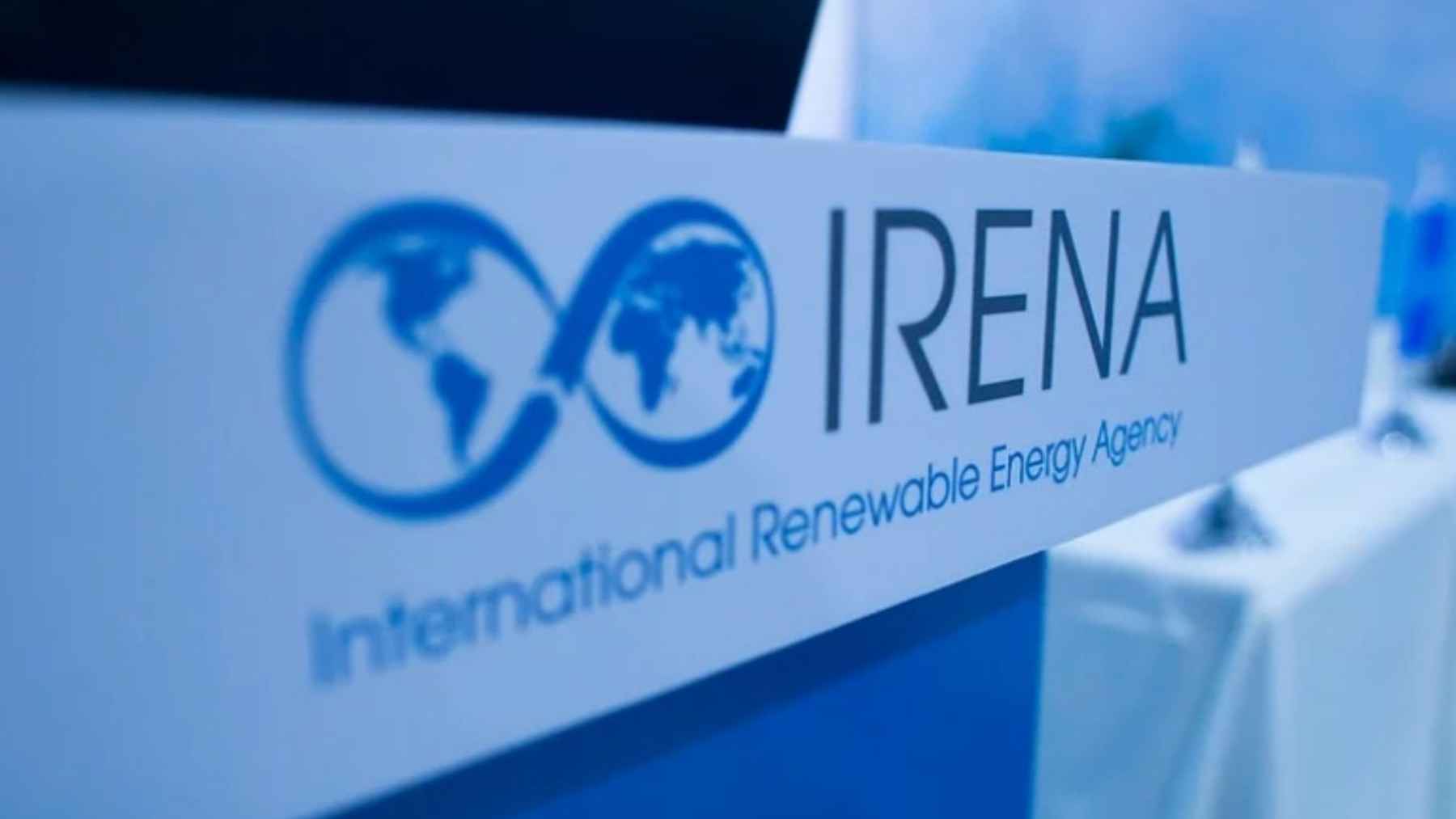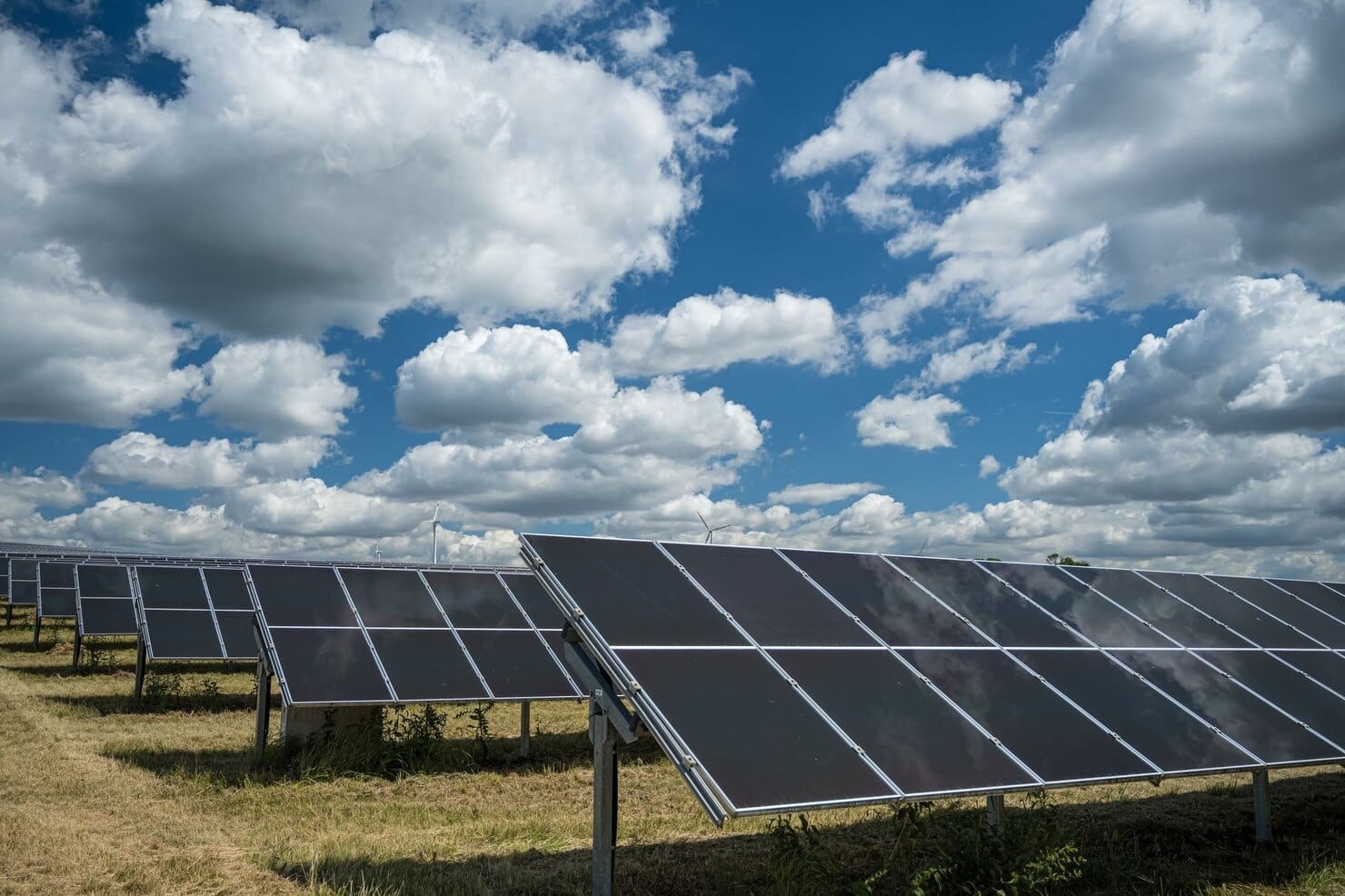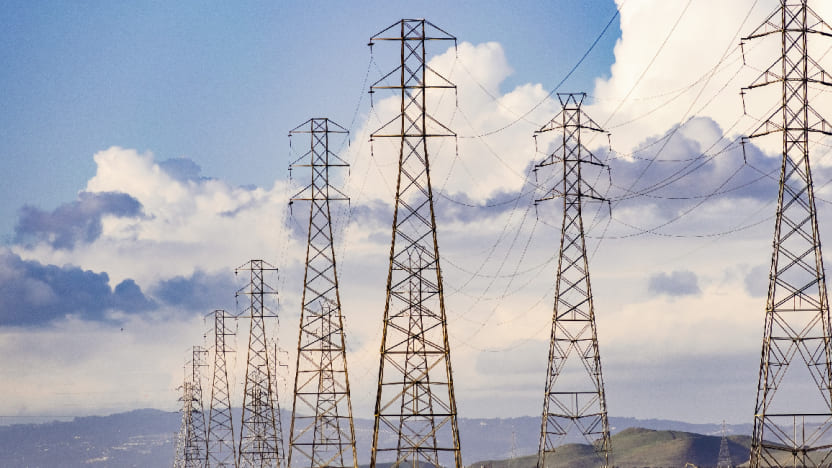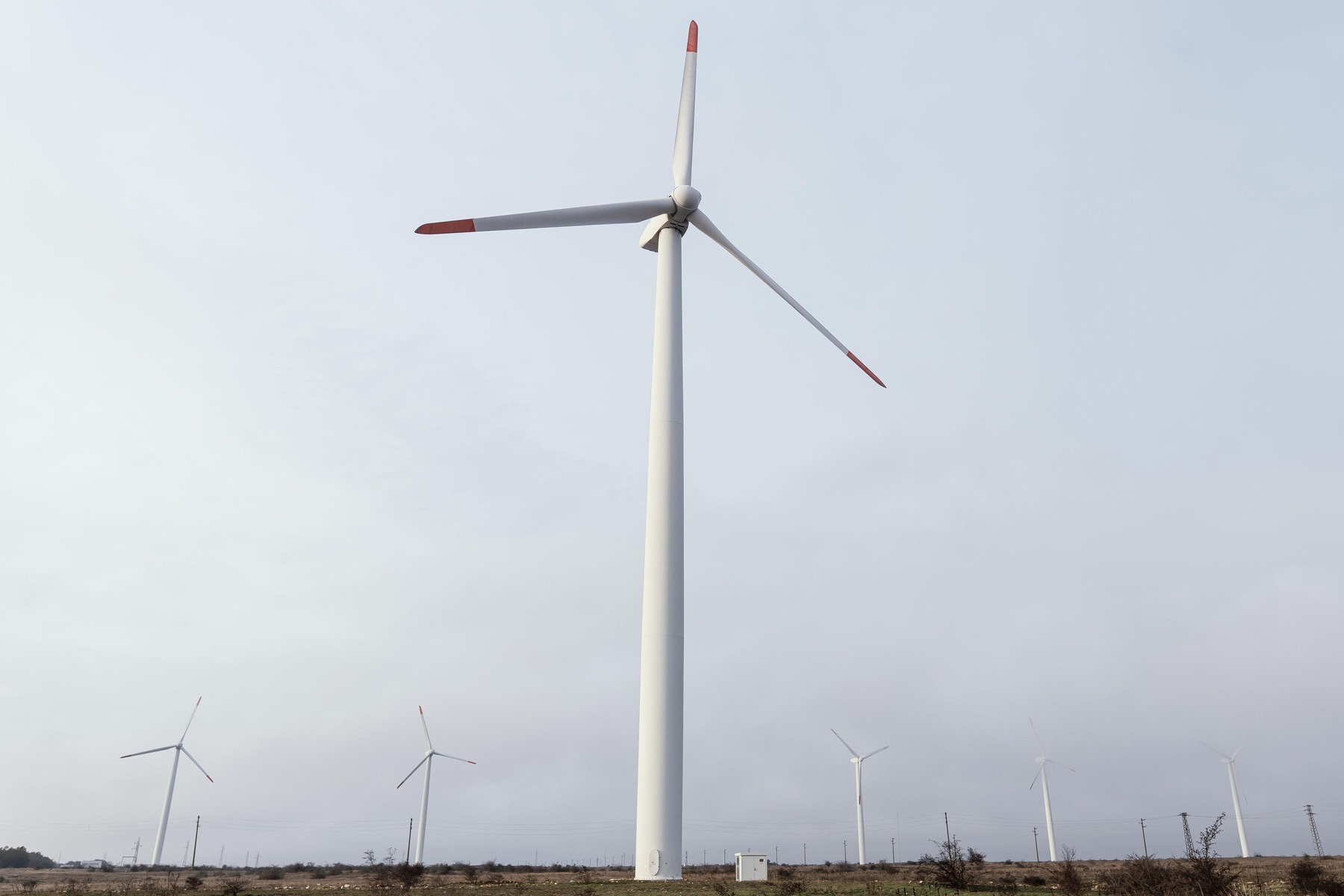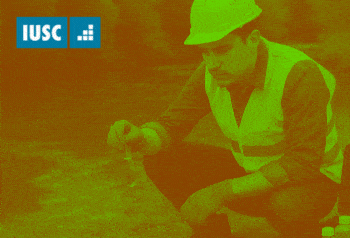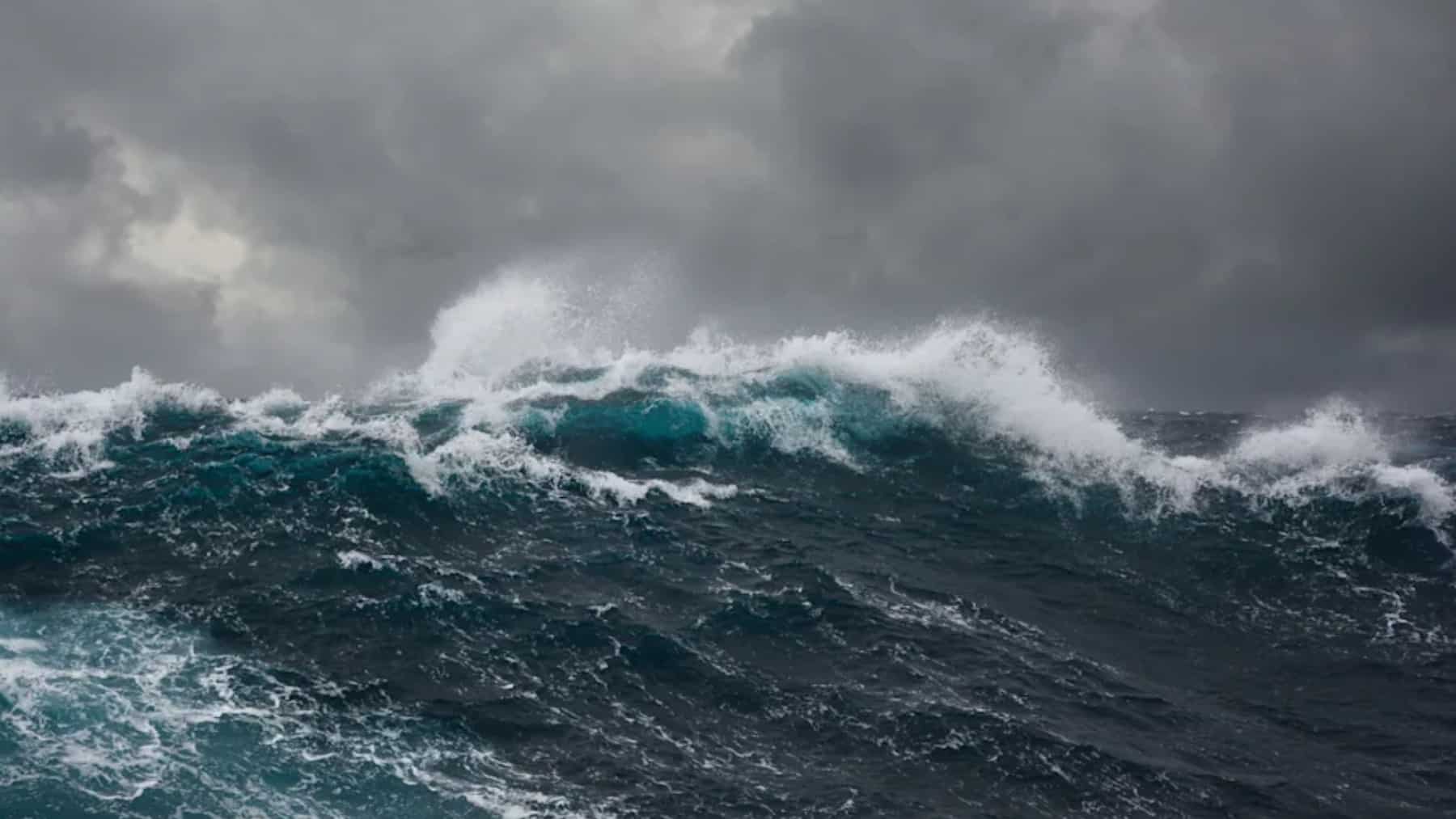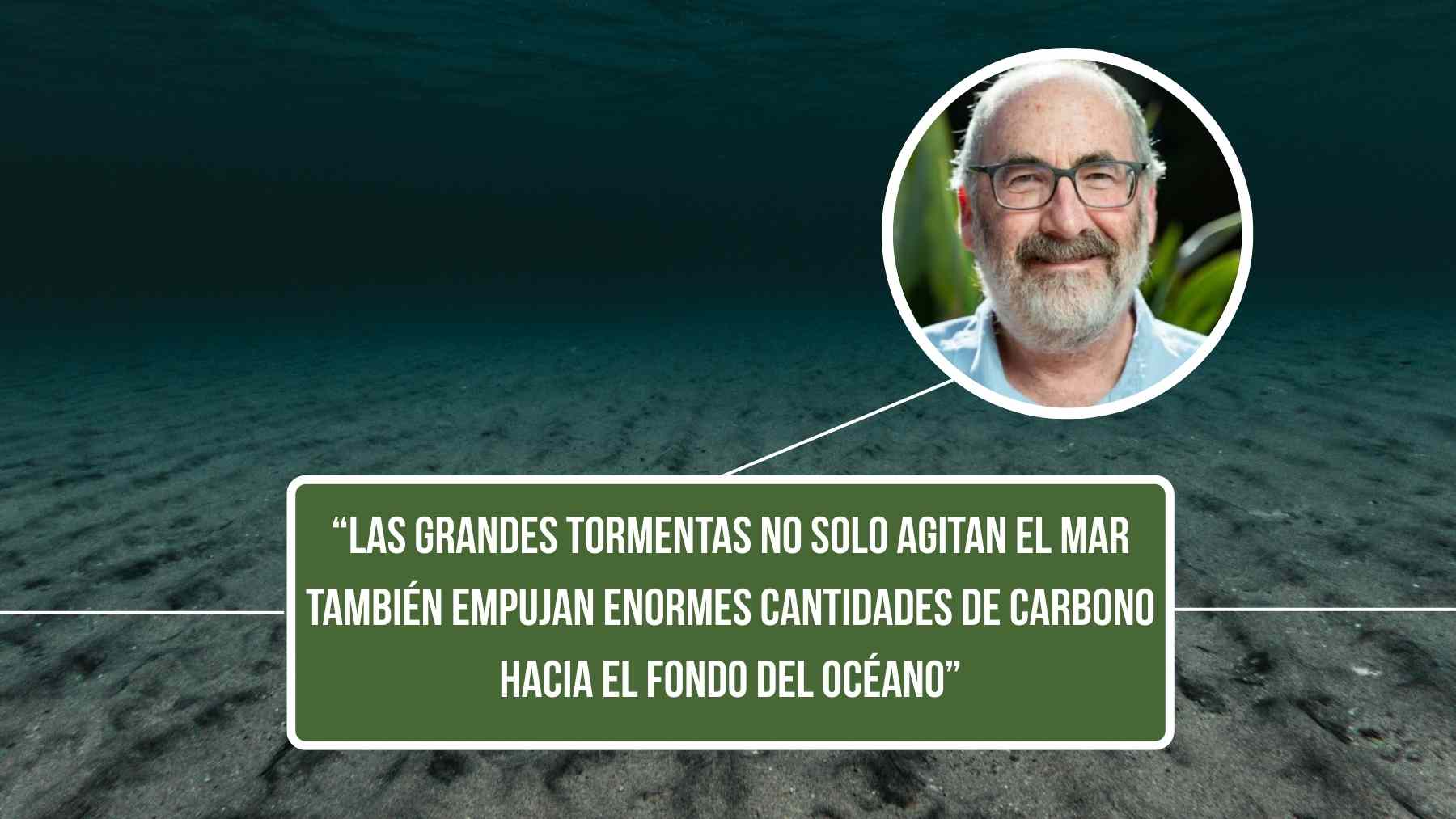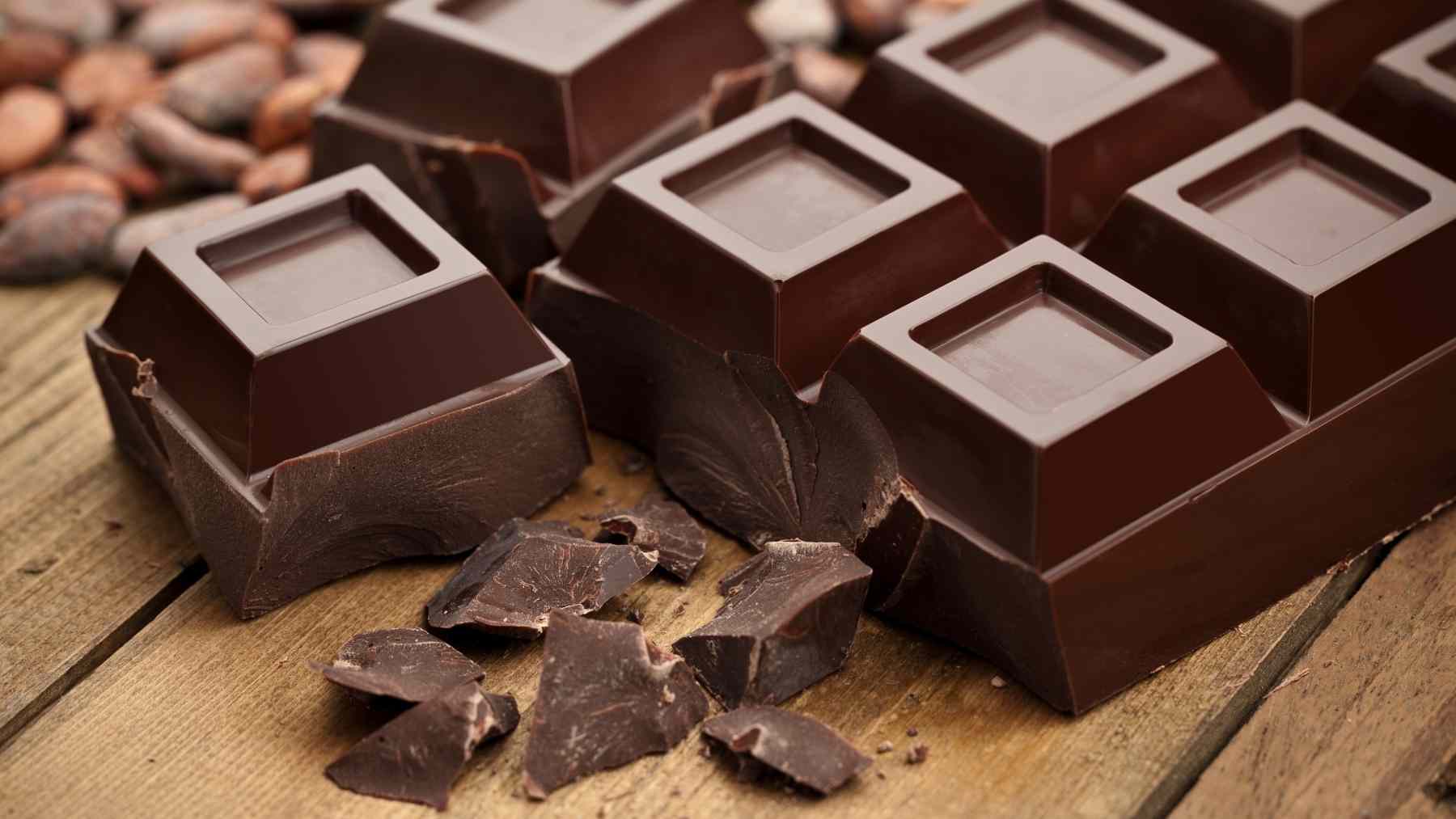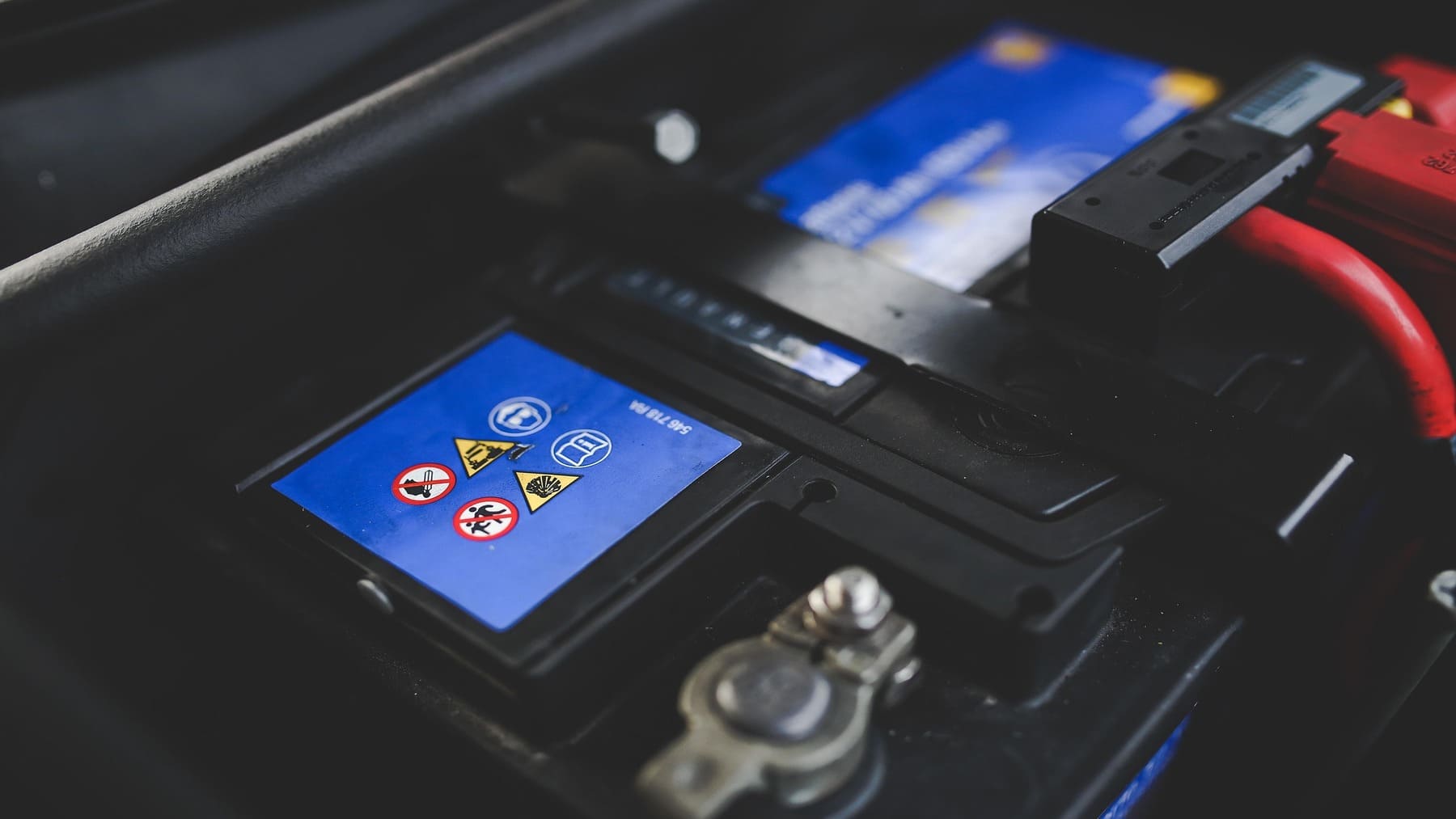Researchers at the Massachusetts Institute of Technology have found that, under certain circumstances, tiny water droplets can carry an electric charge.
Water droplets are taking a “jump” towards becoming the newest source of energy.
Researchers at the Massachusetts Institute of Technology have found that, under certain circumstances, tiny water droplets can carry an electric charge. They believe that this finding could lead to more efficient power plants as well as a new way of creating power.
According to M.I.T. postdoc Nenad Miljkovic, under certain conditions, rather than simply sliding down and separating from a surface due to gravity, water droplets are repelled and leap away from the surface.
When water droplets condense onto a metal surface with a superhydrophobic coating, they “jump” away from the surface as a result of excess energy.
“We found that when these droplets jump, through analysis high-speed video, we saw that they repel one another midflight,” said Mr. Miljkovic.
To better understand why the jumping droplets repelled each other, the researchers experimented with the phenomenon using a charged electrode. They found that the charge in the electrode affected the droplets.
When the electrode has a positive charge, the droplets were repelled away from both the electrode and each other. When the electrode had a negative charge, the droplets were then drawn toward it. The results showed that the jumping effect was caused by a net positive electrical charge forming on the droplets as they jumped away from the surface.
As a droplet forms on a surface, it has an electric double layer of paired positive and negative charges. When a neighboring droplet forms, the charges in both droplets split and separate causing them to jump away from the surface and each other. A bit of charge is then left on the droplet but the rest remains on the surface it jumped from.
The researchers see the harnessing of this phenomenon as a way to improve the performance of power plants. Most of these plants use a condenser surface which converts steam produced by the plant operations into water. The quicker this surface can shed water, the better the transfer of heat and the more efficient the system and the power plant is.
By applying a charge to a metal plate, the droplets on the condenser surface will be triggered into jumping away, the condenser will shed water faster, and the power plant will gain in efficiency.
While this water jumping phenomenon can improve existing ways of power generation, it doesn’t end there.
The M.I.T. researchers believe that there is another possible application for the jumping water droplets and this is to draw power from the atmosphere.
According to Mr. Miljkovic, by placing two parallel metal plates out in the open – with one surface forming jumping droplets and the other collecting them, some power from condensation could be generated.
“You just need a cold surface in a moist environment. We’re working on demonstrating this concept,” said Mr. Miljkovic.
The M.I.T. research team also included mechanical engineering professor Evelyn Wang, graduate student Daniel Preston and Ryan Enright, who was a postdoc at M.I.T. and the University of Limerick and is now at Bell Labs Ireland.
The work received funding from the U.S. Department of Energy through the M.I.T. Solid-State Solar-Thermal Energy Conversion Center, the Office of Naval Research and the National Science Foundation. – EcoSeed Staff
